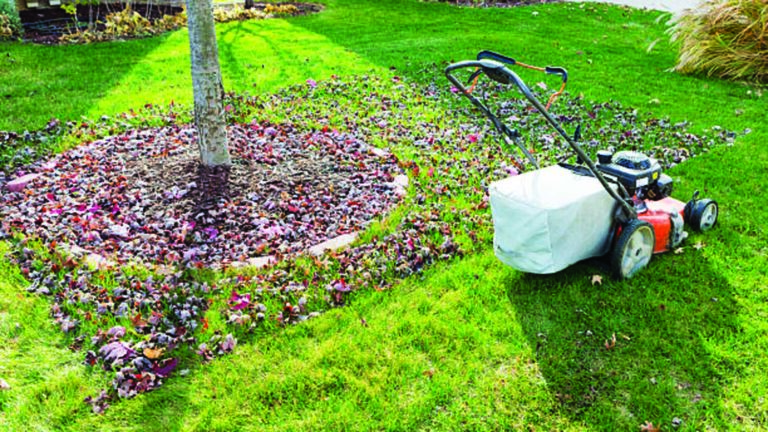What is Regenerative Agriculture, what are its benefits, and how can we incorporate them into everyday gardening practices?
Regenerative, like the name suggests, is to generate again, there’s an implication of a cycle, a place from which to renew, or begin again. When applied to agriculture, it could mean to grow food in a way that is generative towards life or makes it possible for life to generate itself. In the textbook sense, Regenerative Agriculture (RA) is a system of holistic farming techniques that mimic the patterns of the surrounding ecosystem.
Common systems of RA include Agroforestry, Silvo Pasture and Holistic Land Management. These methods involve no or low till, cover cropping, companion planting and animal integration. Their focus is to improve soil, mimic systems and patterns in nature and integrate food production with the natural ecosystem.
It is a different way of growing when compared with conventional agriculture, which generally relies on fertilizers and pesticides made from fossil fuel derivatives, and focuses on large-scale, highly mechanized monocultures of crops that are typically modified genetically. Many of these practices kill soil microbiology and leave farmers in an endless cycle of chemical dependence.
It may seem that Regenerative Agriculture is simply the newest green phase or environmental buzz word. The reality is that RA is not new. Most of the practices within it utilize techniques that span thousands of years and can be considered indigenous wisdom.
The benefits of RA are extensive. From a climate perspective, it can be the most effective way to sequester carbon or clean the air with a functioning ecosystem. On a practical level methods like inter-planting tend to produce a higher yield of crops and reduce the use of pesticides than if they were grown separately. Growing a bio-diverse selection of plants together makes it more difficult for plagues of insects or diseases to organize, strengthen and take over, as one plant will produce or attract a natural defender for another plant. This simple, natural method can save time and maximize resources.
That’s how natural systems work: integrated and in support of life. The health of the plant and the food we eat relies heavily on the health of the soil. Our natural ecosystems are designed to maintain soil health. When we design agriculture to reflect these systems, we can save time, maximize resources and benefit the planet.
Adopting RA into your garden is as easy as following nature. For more ways to integrate RA into your garden practices, check out Wheat Ridge Parks & Recreation’s Regenerate Wheat Ridge workshop series. These award-winning workshops kick off in April and run through October, with seven unique opportunities to connect with community and nature.
Learn more at rootedinfun.com/regeneratewheatridge.
Krystyn (YY) Dennis is Wheat Ridge Parks & Recreation’s Garden Coordinator.






